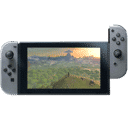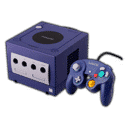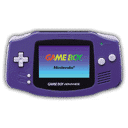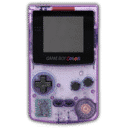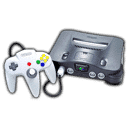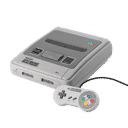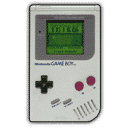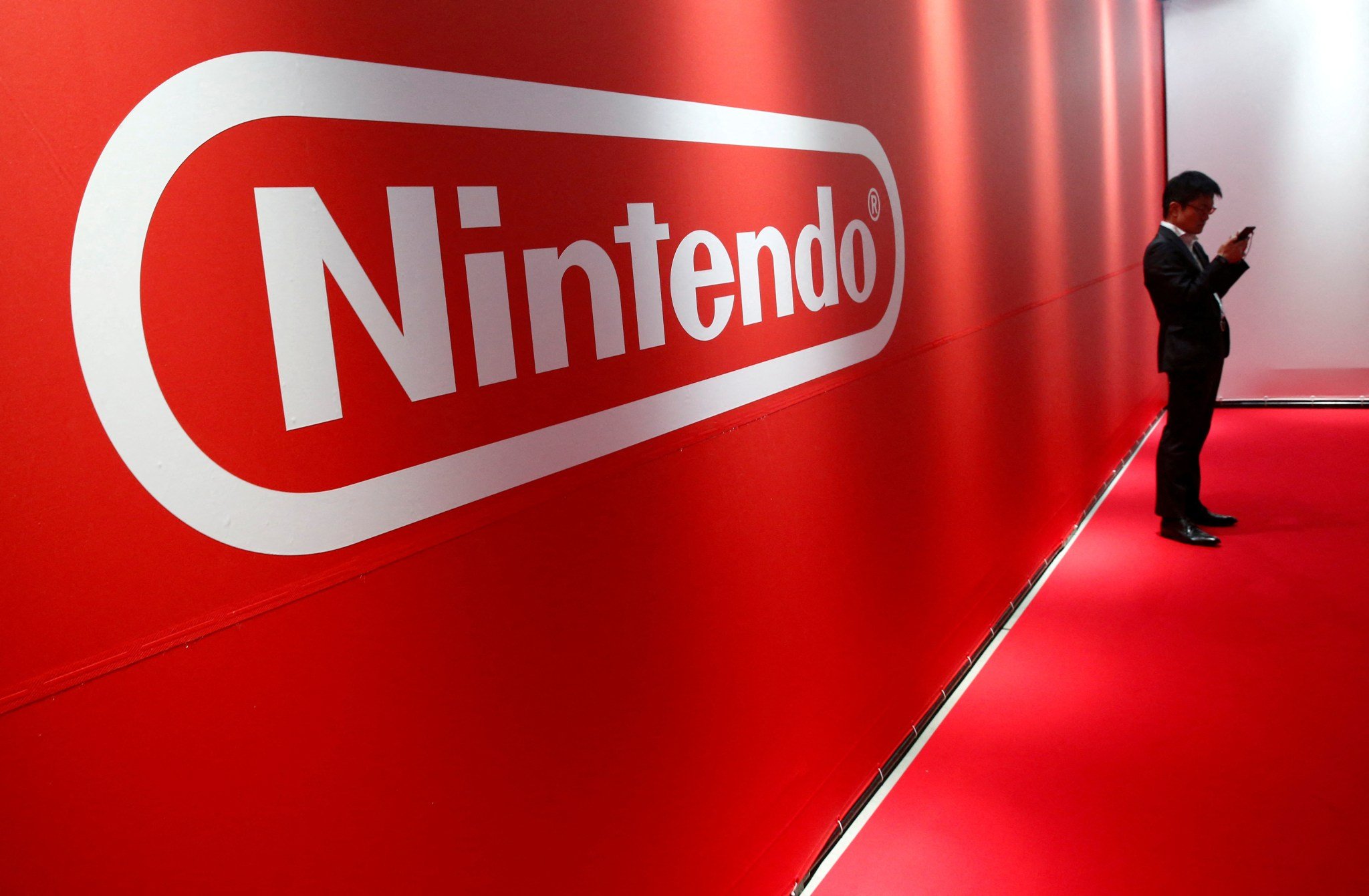
Summary:
Nintendo has officially crossed two colossal thresholds: more than 6 billion video games sold and over 870 million pieces of gaming hardware shipped worldwide since the Famicom era. That confirmation arrives alongside Black Friday and Cyber Monday 2025 promotions, framing the milestone as more than a historical note—it’s a snapshot of a company that still knows how to turn momentum into joyful evenings on the couch. From Mario and The Legend of Zelda to Pokémon and Kirby, the software bench is deep, evergreen, and constantly refreshed. Switch 2 adds fresh oxygen with strong early sales, while the holiday offers bundle savings, accessories, and acclaimed releases to nudge fence-sitters over the line. Below, we put the numbers in context, walk through the generations that built the foundation, and share practical tips to navigate deals without buyer’s remorse. If you’ve been waiting for the right moment to jump in—or upgrade—this is the kind of milestone that makes the decision easy, and the memories that follow even easier.
The scale of Nintendo – 6 billion and 870 million
Numbers this large can blur into abstraction, so let’s translate them into something you can feel. Six billion games sold is not just a trophy; it’s decades of living rooms, dorm floors, and long train rides stitched together by moments that stick—your first shrine puzzle, your last lap blue-shell dodge, the co-op run that finally clicked. Pair that with more than 870 million hardware units, and you see the shape of a company that mastered the loop between devices and unforgettable software. The milestone matters because it proves staying power: Nintendo didn’t simply ride one hit; it created a pipeline of evergreen titles that keep finding new players. Reaching this scale in the week of the year when families look for deals isn’t an accident; it’s a signal that the next wave of memories will be made right now, not later.
How Nintendo built momentum from Famicom to Switch 2
The throughline from 1983’s Famicom to today is deceptively simple: pair approachable hardware with software that respects curiosity. Each era refined that idea without losing the spark. The NES defined home console habits; the SNES set a bar for polish; handheld lines kept play portable; Wii expanded the audience; and Switch unified living room and handheld in one clean stroke. Switch 2 builds on that unification by tightening the handoff between quick-start sessions and longer sit-downs, making it easier to drop into a match, a shrine, or a short hunt and still feel like you made progress. That’s how momentum compounds: when hardware invites frequent use, even short sessions add up. The lifetime totals aren’t just a sum of shipments; they’re a reflection of how often people reach for a Nintendo device when they have twenty spare minutes and want them to matter.
Why Black Friday and Cyber Monday 2025 matter
Holiday weeks are when intent turns into action. Discounted bundles narrow the gap between “maybe” and “yes,” while accessories and memory cards solve friction points that otherwise slow a purchase. For newcomers, curated holiday selections reduce decision fatigue: you’ll see flagship adventures, party starters, and platform staples that already proved themselves. For veterans, the deals sweeten upgrades—whether that’s moving from an earlier Switch to Switch 2, picking up an extra dock, or grabbing amiibo you’ve eyed all year. Most importantly, the timing aligns with social play. You’re not just buying a device; you’re setting up the moments that bring a room together. When a company hits a record and then immediately shows you the on-ramp to join in, it’s more than marketing—it’s an invitation that clears the runway.
The hardware arc: key generations that set the pace
Look at the long arc and a pattern emerges. Foundational systems defined genres and expectations, while later devices perfected the cadence between solo play and party nights. NES and SNES shaped the blueprint for platformers, action-adventure, and RPGs. Game Boy made gaming pocketable and resilient—simple to start, hard to put down. Nintendo 64 and GameCube sharpened 3D play and local multiplayer. Wii opened the door to audiences who didn’t think they were “into games” until they were. Switch unified handheld convenience and console comfort into one device that felt obvious the moment you used it. Switch 2 steps into that lineage by tightening responsiveness, shortening load times, and backing it with a launch era full of meaningful releases. The cumulative hardware figure tells you the platforms kept earning a place in people’s homes; the cadence of upgrades shows why they stayed there.
The software story: franchises that never stop giving
The sales milestone would be impossible without reliable headliners. Mario brings approachable mastery—easy to pick up, endlessly surprising to perfect. The Legend of Zelda thrives on discovery, rewarding patience and lateral thinking. Pokémon sustains a social loop of collecting, battling, and trading across generations. Metroid pairs atmosphere with precision. Kirby mixes charm with crafty systems that invite experimentation. Animal Crossing turns routine into comfort food. Pikmin and Splatoon keep the roster fresh with ideas that shouldn’t work on paper and absolutely sing in hand. Evergreens like these earn their shelf space by aging well and then reinventing themselves just enough. That’s how six billion happens: not through one fad, but by returning to worlds that still feel worth visiting, and introducing them to people who haven’t been there yet.
Switch 2’s fast start and what it signals next
Early sales momentum for Switch 2 points to a familiar Nintendo pattern: pair hardware you want to use daily with experiences designed to show off why. The first months showcased speedier boot-ups, snappier transitions, and releases that make the most of them, which matters more in practice than spec sheets. Strong uptake in the opening window signals confidence from both players and partners—confidence that translates into steadier release calendars and a healthier long tail. It also sets the stage for holiday bundles that feel complete out of the box. When a new system clicks quickly, publishers commit, peripherals follow, and the library compounds. For anyone sitting on the fence, that momentum is a quiet guarantee that the ecosystem you buy into today will be busier— and better—tomorrow.
How lifetime totals translate into player value
Massive lifetime numbers can sound abstract, but they carve out real benefits. First, a large active base means queues fill faster, co-op isn’t a ghost town, and competitive modes stay lively. Second, evergreen demand encourages ongoing support: patches, quality-of-life updates, and expansions arrive because they have an audience waiting. Third, retailers fight to serve that audience during holiday windows, which is how you end up with meaningful discounts on hit titles instead of leftovers. Finally, communities grow deeper with scale—guides, speedruns, tournaments, island tours, you name it. The net effect is simple: when a company has six billion reasons to keep delighting players, you feel it every time you boot up, whether you’re chasing a 100-percent completion or handing a controller to someone playing for the first time.
Retail, digital, and the holiday flywheel
Holiday sales aren’t just about lower prices; they’re about clearing friction. Retail bundles answer the “what should I buy” question for gift-givers. Digital storefront promotions make last-minute decisions painless. Accessory discounts—controllers, memory cards, charging docks—remove the little headaches that can sour day one. That combination fuels a flywheel: new hardware drives software purchases; fresh software encourages more accessories; accessories make it easier to play anywhere; and the loop continues. The milestone announcement landing in this window helps everyone coordinate. If you’re upgrading, you can plan your move with fewer compromises. If you’re new to the ecosystem, you’ll find starter paths that avoid buyer’s remorse. The result is a season where more people jump in, more people stay, and the next milestone starts writing itself in real time.
What to watch in 2026 and beyond
Milestones set expectations. Looking ahead, watch for three threads. First, cadence: a steady release rhythm—not just tentpoles—keeps the calendar lively and player engagement high. Second, synergy: cross-media beats like film and theme-park touchpoints bring new audiences into the fold, which in turn sustains legacy titles and prompts refreshed editions. Third, platform refinements: as Switch 2 matures, subtle improvements to system features, online services, and performance can have outsized impact on daily play. Each thread works because of scale—an installed base big enough to justify experiments, and a library broad enough to reward them. The numbers behind the milestone aren’t a finish line; they’re runway lights. Follow them and you’ll see where the next few years are headed: more reasons to play, and fewer barriers to sharing the fun.
How to choose between bundles, standalones, and upgrades
Start with how you actually play. If the device will travel—commutes, flights, weekend trips—a bundle with a case, extra charger, or memory card saves you from piecemeal add-ons. If you mostly play docked, prioritize a package with a second controller for instant couch co-op. Already own a previous Switch? Think in terms of friction: saves, favorite genres, and what you want the new system to fix. Faster load times and smoother performance might be the practical wins that matter most. As for software, anchor your first purchase around something you’ll love for months, not weeks. Pick a flagship adventure or a multiplayer staple that naturally fits your schedule; let impulse buys come from seasonal sales once you’ve settled in. That way, every euro goes further and every session feels intentional.
Franchise entry points that make the most sense today
New to Mario? A modern platformer gives you playful precision without homework, and the level design teaches as you go. For The Legend of Zelda, choose an entry that rewards curiosity at your pace—short sessions still feel meaningful. Pokémon remains a social powerhouse; if you like trading and friendly rivalry, it’s easy to weave into your weekly routine. Kirby is perfect for relaxed co-op and skill expression hiding in plain sight. Splatoon channels quick, satisfying matches that reward smart positioning. Metroid offers focused, atmospheric adventuring when you want headphones-on immersion. Animal Crossing is where gentle goals and cozy design help you unwind. The best choice isn’t the “most popular”; it’s the one that fits your mood most nights of the week. That fit is what turns a good purchase into a habit.
Accessory priorities that actually improve day-one
Skip the drawer clutter and focus on upgrades you’ll notice immediately. A larger, fast microSD card removes install anxiety and lets you bounce between games without pruning. A comfortable, reliable controller—whether you love precise inputs or want something lighter for longer sessions—reduces hand strain and makes tough sections less frustrating. A sturdy case with a smart stand helps for travel and tabletop play. Extra charging solutions near the sofa or bed encourage short sessions where you’d otherwise pass. If you play a lot of local multiplayer, invest in an extra pair of controllers now; waiting usually means paying more later. These aren’t glamorous buys, but they’re the stitches that hold daily play together, and they’ll keep paying off long after the holiday lights come down.
Making the holiday budget work harder
Stack the easy wins. Start with the bundle that fits your use case, then skim the promotions for one evergreen headliner and one flexible multiplayer pick. If accessories are discounted, lock in the memory card now—it’s cheaper than juggling space for a year. Check retailer loyalty perks or trade-in credits if you’re upgrading; the best value sometimes hides behind an extra five minutes of sign-ups. Finally, plan your first two months of games before impulse browsing. When you commit upfront to what you’ll actually play, you avoid buying three cool-looking titles that go untouched while you sink 60 hours into your new favorite anyway. The goal isn’t to buy more; it’s to make every purchase pull its weight from day one.
Smart ways to plan purchases during the holiday window
Think of the season as a short campaign with three phases. Phase one is research: confirm the bundle, shortlist two games, and pick accessories that solve your biggest friction point. Phase two is execution: timing matters, so keep an eye on weekend drops and limited-time add-ons that sometimes rotate daily. Phase three is setup: transfer saves, tweak system settings, and download your shortlist so the first power-on ends with play, not menus. If you’re buying as a gift, preload updates and any day-one patches. Nothing kills excitement like a progress bar. With a little planning, the holiday window stops being a maze of ads and becomes a smooth runway into a new year of play.
What this milestone means for families and new players
Scale brings choice, and choice brings comfort. Parents can find age-appropriate hits that are still fun for older siblings. Lapsed players can jump back in without feeling lost. Shared devices fit different moods: a sprawling adventure one night, a quick competitive match the next, a cozy sim on Sunday morning. Six billion and 870 million aren’t just corporate stats; they’re a guarantee that whatever your week looks like, there’s something that fits. And with a new system gathering steam and holiday offers smoothing the entry, it’s easier than ever to match a purchase to a lifestyle. That’s the quiet power behind the milestone: a library wide enough to make room for everyone, and a platform designed so those rooms feel welcoming the moment you step inside.
Conclusion
Nintendo’s confirmation of more than 6 billion games and 870 million hardware units underscores a simple truth: longevity follows joy. The milestone lands as Switch 2 accelerates and holiday offers make smart buying easier, turning headline numbers into practical opportunities for players. From foundational classics to modern flagships, the library remains a living thing—always welcoming, often surprising, and built to last. If you’ve been waiting for a sign to jump in or upgrade, this is a clear one: the ecosystem is thriving, the deals are timely, and the next run of great evenings is ready when you are.
FAQs
- What exactly did Nintendo confirm?
- Nintendo confirmed lifetime totals of more than 6 billion video games sold and over 870 million units of video game hardware worldwide since the Famicom/NES era.
- Does the milestone include Switch 2?
- Yes. The confirmation references the entire span from the 1983 Famicom through Nintendo Switch 2, reflecting cumulative lifetime sales across generations.
- Why is this being highlighted during Black Friday and Cyber Monday?
- The milestone was shared alongside holiday offers, aligning record figures with a period when many people decide to buy or upgrade, and when retailers spotlight bundles and discounts.
- How does Switch 2 factor into the outlook?
- Early traction for Switch 2 indicates strong ecosystem health, setting up a busier release cadence, better support, and compelling holiday bundles for both newcomers and upgraders.
- What should I prioritize if I’m buying this season?
- Choose a bundle that fits how you’ll play, grab one evergreen headliner and one multiplayer staple, secure a quality microSD card, and set up everything before gift day so play starts immediately.
Sources
- Nintendo Announces Holiday Offers for Black Friday and Cyber Monday 2025, Business Wire, November 10, 2025
- Nintendo Announces Holiday Offers for Black Friday and Cyber Monday 2025, Nintendo.com, November 10, 2025
- Nintendo Announces Holiday Offers for Black Friday and Cyber Monday 2025, Nintendo Newsroom (Prezly), November 10, 2025
- Nintendo announces it’s sold over 6 billion games and over 870 million hardware units globally, My Nintendo News, November 10, 2025
- Nintendo Has Sold 6 Billion+ Games, Including Nearly 1.5 Billion On Switch Alone, GameSpot, November 10, 2025


